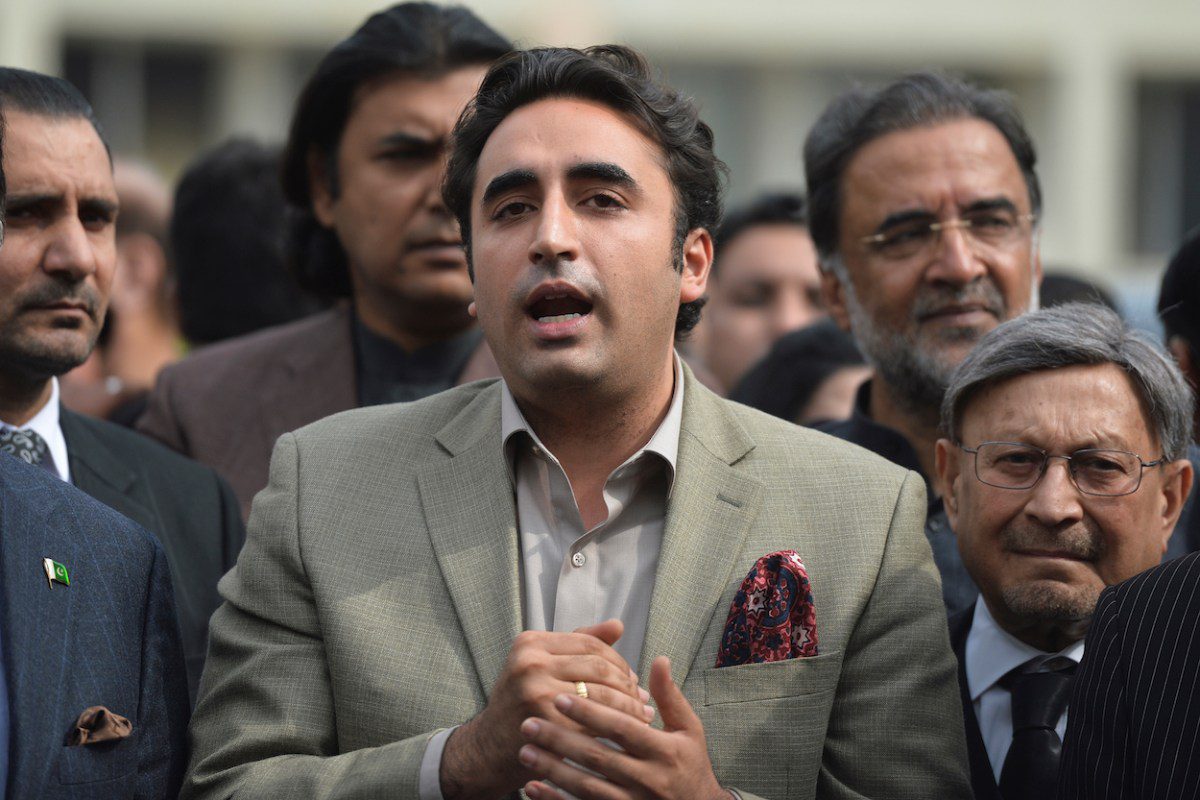Global Courant 2023-05-05 16:31:27
At the just-concluded meeting of the Shanghai Cooperation Organization Council of Foreign Ministers (CFM) in Goa, the current SCO Chair and host country India can be pleased that steady progress has been made with 15 shortlisted discussion items plus five key draft papers to be during the SCO summit on 3 and 4 July.
This include documents the “New Delhi Declaration” for the forthcoming summit plus four thematic joint statements on cooperation on de-radicalisation strategies, promotion of millet cultivation, sustainable lifestyles to counter climate change, and on digital transformation.
Together, these are expected to move forward this year theme of “Secure SCO” which aims to promote multilateral, political, security, economic and people-to-people interactions.
Second, as the SCO enters its third decade, India sought to shift its prospects for long overdue reform and modernization. India has been particularly vocal about making English, alongside Russian and Chinese, the third official language of the SCO to ensure its wider global reach and influence.
India was also able to focus on combating all forms of terrorism, especially cross-border terrorism, which remains one of the core and original mandates of the SCO. India is also currently leading two SCO working groups on innovation and digital transformation.
But it’s the issue of SCO expansion that has been perhaps the most exciting part of the CFM deliberations.
SCO expansion
Expansion of the SCO has recently become a constant, consensus-based and potentially groundbreaking part of its evolution. This growth underlines the growing internationalization of the SCOs relevance with its footprint, having started in Central and South Asia, now moving to several Middle Eastern countries as its new focus point.
At present, the SCO has eight full members (China, Russia, Kazakhstan, Tajikistan, Kyrgyzstan, Uzbekistan, India and Pakistan) and four observers (Afghanistan, Belarus, Iran and Mongolia). While the July summit will make Iran and Belarus the ninth and tenth members, the other two observers – Afghanistan and Mongolia – are also expected to be next.
It is the number of dialogue partners of the SCO that has increased rapidly. Starting with Sri Lanka (2010), Turkey (2013), Cambodia (2015), Azerbaijan, Nepal and Armenia (2016), and Egypt, Qatar and Saudi Arabia (2022), several others such as Bahrain, Kuwait, Maldives, Myanmar and the United Arab Emirates remain the next aspirants and applicants. Some of them are expected to be included at the upcoming SCO summit.
The SCO started as the Shanghai Five in 1996 to connect China and Russia with their three newly independent Central Asian neighbours. Their initial task of defining boundaries and building trust was completed in 1999, when their focus shifted to energy security and counter-terrorism.
In 2001, the Shanghai Five transformed itself into the Shanghai Cooperation Organization by adding Uzbekistan, which also became the headquarters of the SCO’s regional anti-terrorism structure.
Membership remained frozen since 2001 until India and Pakistan were added as new members in 2017. This has brought a whole new twist to the SCO’s counter-terrorism strategies, with India playing a leading role in pushing this agenda, sometimes to the discomfort of Pakistan and that country’s closest ally, China, which has lately presented itself as the new peacemaker.
Sino-Russian competition
Indeed, the pace of expansion predicts that SCO will become a mini-United Nations without the United States and its friends. This is where China’s role as the new peacemaker and the rapid expansion of the SCO begin to reveal a correlation.
The SCO is seen as a group of Chinese partners and friends. China’s mediation leading to the rapprochement between Saudi Arabia and Iran, followed by Iran’s upgrade from observer to full member and Saudi Arabia’s entry into the SCO as a new dialogue partner, does lend credence to such suggestions.
There are indeed speculations about Sino-Russian competition within the SCO. Interactions at the Goa SCO CFM saw experts speculate about Foreign Minister Sergey Lavrov relying on Russia’s proximity to India to confirm Moscow’s central position in the SCO. The war in Ukraine has no doubt further reinforced how the SCO remains Russia’s strongest support base and could create a situation of Sino-Russian competition that increases India’s advantage.
China’s unprecedented rise has seen it use its economic clout to cultivate its influence in SCO countries. All SCO members have China as their largest trading partner, and most of them are recipients of Chinese Belt and Road projects. But this also makes India and Russia wary of China’s superiority.
Presenting itself as a peacemaker, China also highlights border tensions between China and India, which were discussed during Qin Gang and Subrahmanyam Jaishankar’s 45-minute bilateral session, resulting in lip service for the umpteenth time.
Chinese Defense Minister Li Shangfu was in New Delhi last week (27-28 April) to attend the meeting of SCO defense ministers. The two sides have also had 18 rounds of talks with core commanders plus half a dozen ministerial meetings, to no avail. This mundane affair shifted the focus of the SCO from China to Pakistan.
Pakistani focus
The news that dominated media commentary in India during the CFM was the visit of Pakistani Foreign Minister Bilawal Bhutto Zardari. This visit by a Pakistani foreign minister came after a long hiatus of more than 12 years.
This also made an impression as Pakistan has so far been noncommittal to the Indian Presidency of the SCO. For example, at last week’s meeting of defense ministers of the SCO, it was first reported that Pakistani minister Khawaja Asif would join onlinebut in the end all the way skipped the meeting. Meanwhile, all seven of the other members’ defense ministers sat face to face in New Delhi.
Hina Rabbani Khar was the last foreign minister of Pakistan to visit New Delhi in 2011. That’s a gap of seven years if one includes the visit to India of a former foreign minister of Pakistan, Sartaj Aziz. He had visited Amritsar in December 2016 to attend a “Heart of Asia”.
conference on Afghanistan, and there were no bilateral meetings at all.
Bilawal Bhutto’s last name, his childhood, flamboyance and use of social media all contributed to his presence in India. Indeed, his becoming Pakistan’s youngest-ever foreign minister at the age of 33 in April last year raised expectations, but given his history of pickles comments about India, most commentators expect little substance from his debut visit to India.
In any case, given the strained relations between India and Pakistan, Bilawal Bhutto’s visit to India deserves attention. It is important to underline that his tone and tenor were visibly different. He held two bilateral meetings with his Russian and Uzbek counterparts and attended all other routine CFM related events.
In particular, Bhutto’s warm handshake with his Indian counterpart during the gala dinner generated some media coverage comments alluding to the fact that he set the stage for Prime Minister Shahbaz Sharif personally attending the SCO summit.
Positive spin-offs
Finally, aside from India’s Presidency of the Group of Twenty, which has faced much more complex hurdles and so far invariably failed to reach a consensus document, minor irritations and undercurrents in bilateral comparisons within the SCO CFM were certainly not a matter of concern .
Considering that SCO countries including China, India, Russia and Saudi Arabia are also members of the G20, the visible camaraderie in the SCO CFM can be expected to have a positive impact on India hosting the G20 summit, which perhaps deliberately follows the SCO summit.
Follow Swaran Singh on Twitter @SwaranSinghJNU.
Similar:
Loading…








